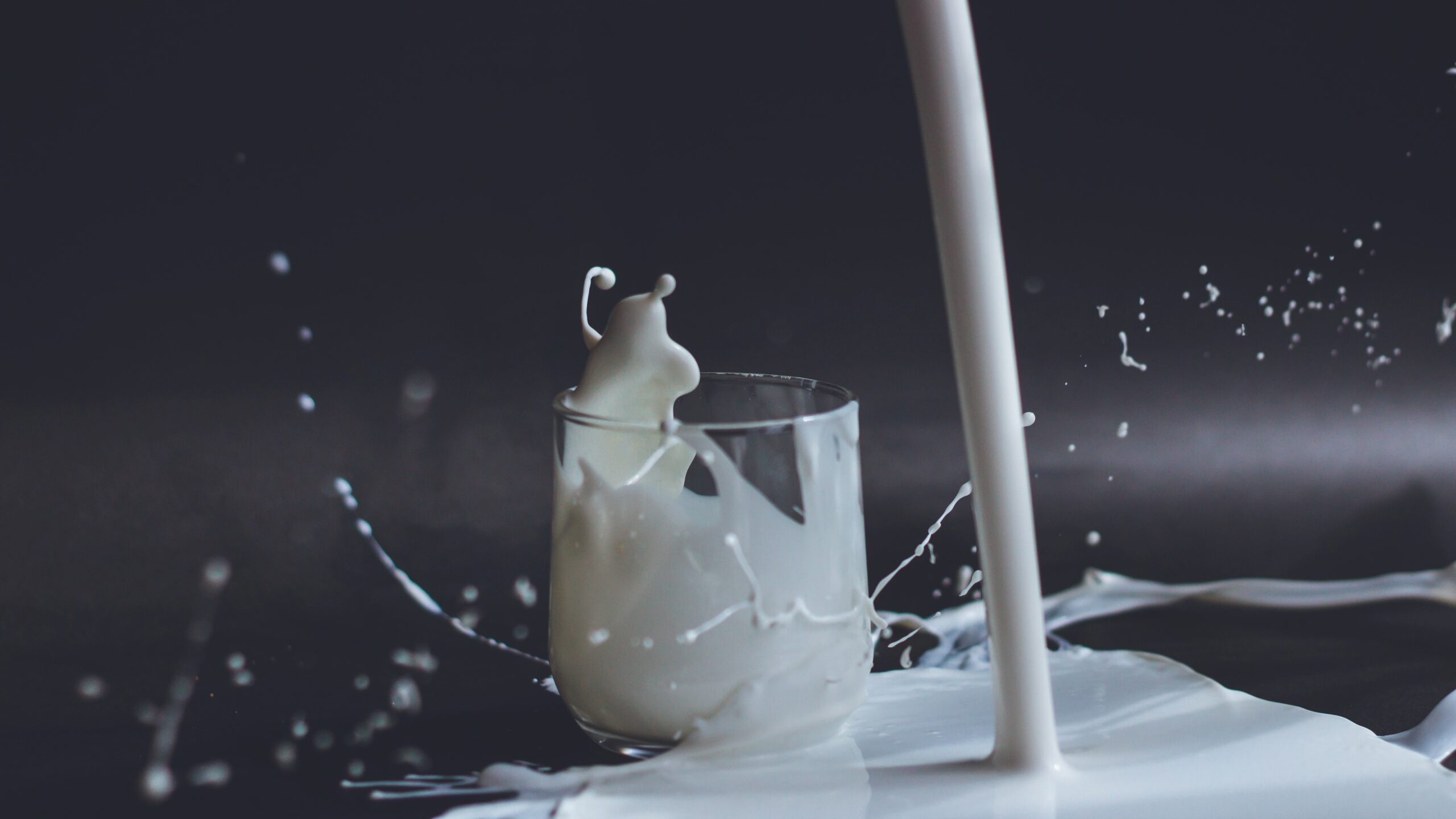Milk is a staple in many diets, especially here in the United States. If you’ve lived in the U.S. for a while now, you’ve likely seen the “Got Milk?” campaign and come across numerous other ad campaigns promoting milk and other dairy products. It’s hard to definitively say whether or not cow’s milk is bad for humans, and there are pros and cons to the healthiness aspects of plant-based milks. However, there is sufficient evidence to say that cow’s milk has a much worse environmental impact than its alternatives.
When compared to oat, soy, almond, and rice milk, dairy milk causes three times more greenhouse gas emissions, uses ten times more land, anywhere from two to twenty times more freshwater, and creates anywhere from two to ten times more eutrophication.
Greenhouse gas emissions
Greenhouse gas emissions from the dairy milk industry are concerning, especially because cows produce methane, a greenhouse gas, which is 28 times more potent than carbon dioxide. According to the U.S. EPA, a single cow produces between 154 to 264 pounds of methane gas every year.
While dairy milk produces 3.15 kg of GHG emissions per liter of milk, rice milk produces 1.18 kg per liter, followed closely by soy (0.98 kg/L), oat (0.9 kg/L) , and almond milk (0.7 kg/L).
Land use
Land use is a concern because it is often connected to deforestation. Forests are an important carbon sink and by cutting them down, they release stored carbon dioxide back into the atmosphere.
Dairy milk requires 8.95 square meters per liter of milk, followed by oat milk with the drastically smaller area of 0.76 square meters per liter. Oat milk is follow by soy (0.66 m²/L), almond (0.5 m²/L), and rice (0.34 m²/L).
Freshwater use
While water covers about 71% of the Earth’s surface, we only have access to 0.5% of it due to the vast majority being saltwater or locked up in glaciers, ice caps, and soil. Conserving freshwater and making the best use out of it as possible is therefore very important.
Dairy milk uses 628.2 liters of freshwater per liter of milk, followed not too far behind by almond milk which requires 371.46 L/L. Rice milk also has a comparatively high freshwater requirement with 269.81 L/L. Oat and soy milk are much lower, requiring 48.24 L/L and 27.8 L/L respectively.
Eutrophication
Eutrophication is when excess nutrients enter a body of water, causing an algal bloom which blocks out sunlight, leading to low oxygen zones which harms aquatic life. These nutrients, such as nitrogen and phosphate, come from chemical fertilizers and animal manure.
Dairy milk creates 10.65 grams of phosphate equivalent per liter of milk. Rice milk creates a little less than half of that with 4.69 grams/L, followed by oat (1.62 g/L), almond (1.5 g/L), and soy (1.06 g/L).
Final thoughts
While there is no obvious winner for most eco-friendly plant based milk after reading all of these statistics, almond milk stands out as having much higher freshwater consumption than oat and soy milk and rice milk has comparatively high levels of eutrophication. Also, it’s important to note that these four vegan milks are not the only plant based milks out there. Other options include coconut, cashew, hemp, and quinoa, all with their own pros and cons.
Written by Sarah Woodams ‘24(T5)
Photo by Anita Jankovic on Unsplash

